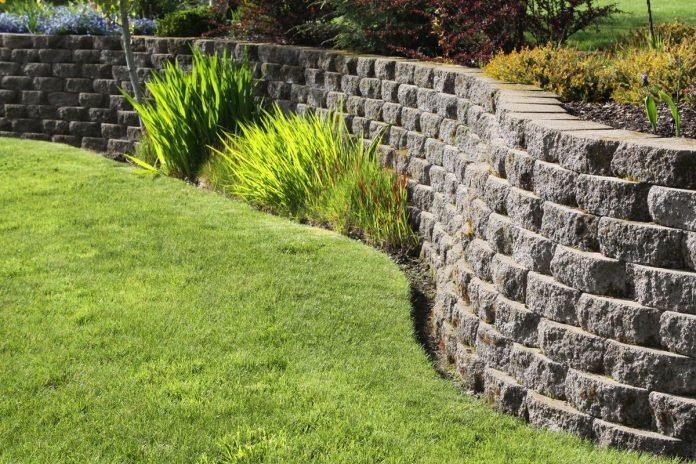Last Updated on August 18, 2022 by rida
Retaining walls have evolved in their functionality over time. They do not just act as a support to keep the structure steady and dissuade soil erosion. While they make irregular, steep, or sloped land, they also beautify the place. Perfectly backfilling them is critical, which can be witnessed for retaining walls Adelaide.
Table of Contents
What Materials Are Used In Backfilling?
Typically, cohesionless materials are preferred for backfilling. Cohesion is the force of attraction between the particles of the material. This can cause the structure to collapse due to shrinkage over time. The best way to backfill is to lay a few inches of topsoil to cover the draining pipe and then top with gravel.
Why Is Gravel The Best For Backfilling?
Gravel is best suited for backfilling a restraining wall since its particles do not exhibit strong cohesion, conducive to providing better support. However, there are several other features, which make it the best:-
a. Self-compacting:
Gravel is highly coarse in texture. Its granules are shapeless in addition to being irregular in size. This allows them to settle independently to form a much sturdier structure supporting the drain system. The constructor does not have to invest a lot in compressing the bed to make it even.
b. Free draining:
The irregularity of gravel granules allows the water to drain out quickly, allowing little to no time for hydraulic pressure to build up.
c. Friction:
The coarse nature of the material allows internal friction to build up. This creates a sturdy foundation that allows countering the natural pressure of the soil.
d. Alternatives to gravel
The type of material you can use as an alternative will depend on the type of soil of the region. For instance, you can not use materials like soil or sand for the retaining walls Adelaide has. They can collapse due to rain or heat. This is because the city has soil called the bay of Biscay. It tends to retain water in damp weather and shrink in dry weather. Thus, you cannot be careless with the material.
Some Alternatives Could Be
1. Coarse-grained soils:
Heterogeneous sand, soil, and clay mixtures serve as good alternatives. A composite mix could be made by including just two of these materials or integrating all three.
2. Rocks:
They could be one of your best choices after gravel. They are strong and cohesionless. Hence, they will withstand thrust, allowing for a sturdy support structure.
3. Shales:
They are somewhat like rocks but can be brittle. Low-grade shales break due to heavy compaction or exposure to air pressure. Hence, they must be your last resort, that too tentatively.
Closing Remarks
Making a retaining wall all by yourself can be a tempting idea. You can learn the process and its technicalities on the web with ease. However, you can lag due to inexperience and naivety when it comes to the actual implementation.
Companies like Lawn & Landscape Co have established a credible reputation in landscaping retaining walls. Their expertise can benefit you greatly by saving time and investment in building materials.
Read also: Traditional Style to Modern: How Garage Doors Have Evolved
